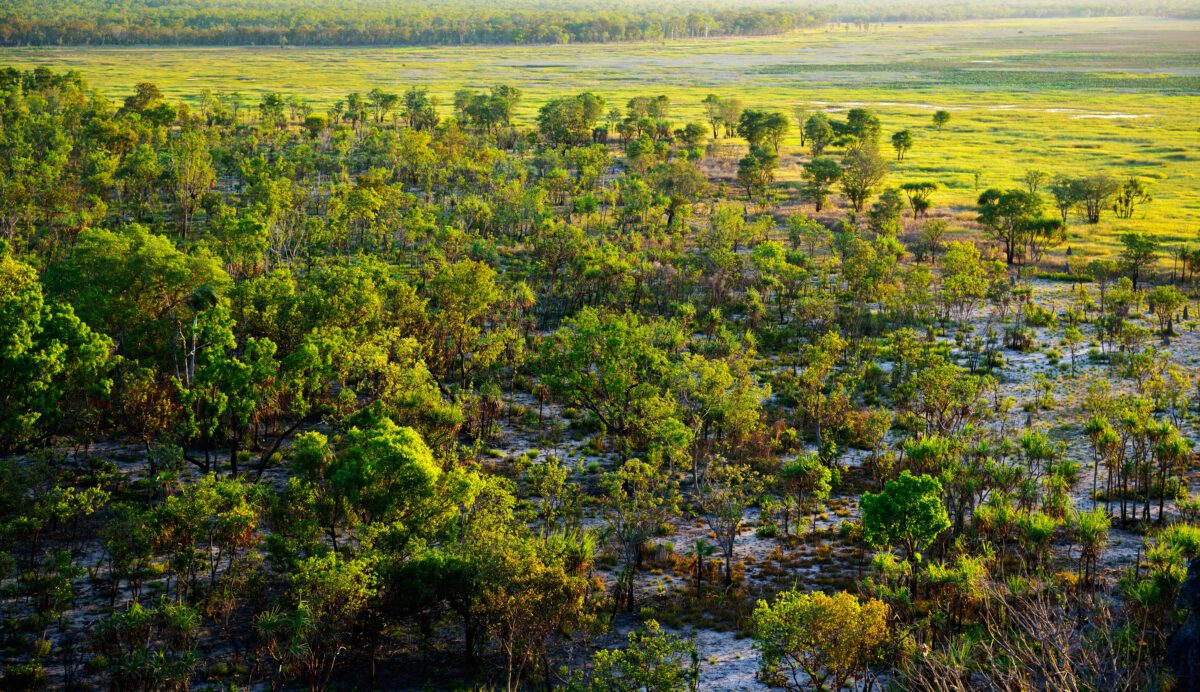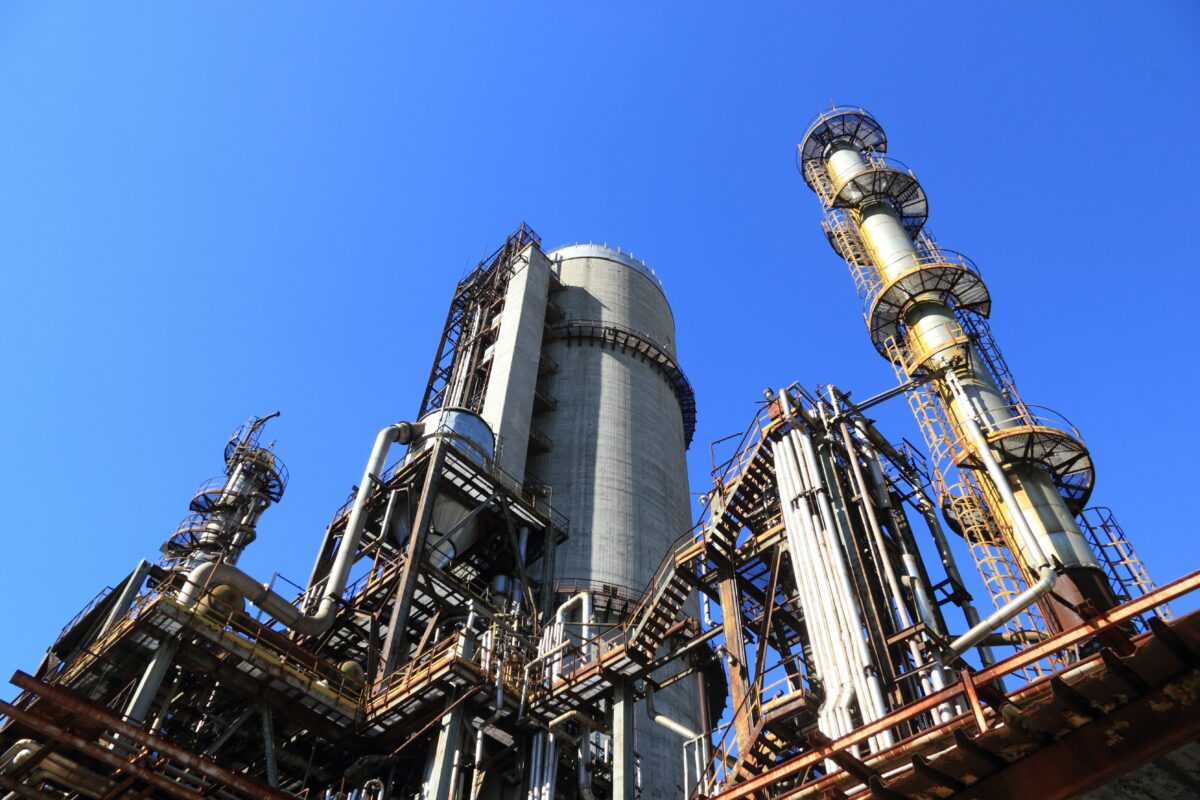Today at CMI’s Safeguard Symposium in Sydney, panellists analysed progress to date and considered the findings of research the Institute has commissioned to discover how different options for broadening and deepening the Safeguard Mechanism could increase covered emissions under the scheme.
In his opening remarks, Interim CMI CEO Kurt Winter said: “Heading into the 2026-27 Safeguard Review, government should consider the opportunity to broaden and deepen Australia’s Safeguard Mechanism. Informed by a national carbon market strategy, this could support a high-ambition 2035 Nationally Determined Contribution.”
“Careful consideration should be given to limiting the use of ACCUs and SMCs as industrial solutions mature. This design consideration should seek to sharpen market signals towards investment, prioritising industrial decarbonisation,” Winter added.
1 July marked the second anniversary of Australia’s reformed Safeguard Mechanism, Australia’s scheme to support emissions reductions from large industrial emitters and contribute to Australia meeting its 2050 net zero target.
Australia’s emission reduction targets are set at of 43% below 2005 levels by 2030 and net zero by 2050 and a new target for 2035 needs to be announced by September under the UNFCCC administered Paris Agreement.
The reformed Safeguard Mechanism is central to the government’s climate policy agenda covering industrial facilities representing almost 30% of Australia’s emissions. After renewable energy support policies, the Safeguard is the second most significant driver of emission reduction investments, according to government projections.
The Carbon Market Institute has convened the Symposium to consider early findings of research into options for building on the Safeguard Mechanism reforms, and begin conversations ahead the scheduled 2026-27 review about how the scheme can be strengthened to accelerate emissions reductions as the Australian Government prepares to submit its more ambitious 2035 target.
In his video address to the Symposium, Assistant Minister Josh Wilson said that: “…the safeguard mechanism and ACCU scheme are critical to our efforts to decarbonise the economy and unlock the benefits of the clean energy transition.”
“Emissions across heavy industry are falling. Data released by the Clean Energy Regulator in April confirmed that in the first year of the reformed Safeguard Mechanism, emissions from Australia’s largest industrial facilities fell. The December 2024 quarterly update of Australia’s national greenhouse gas inventory shows that industrial emissions are now lower than they were during the COVID years.”
“2024 marked the biggest trading year by volume in the scheme’s history, and this should give us confidence that the scheme is working as intended.”
“The ACCU scheme will be more responsive and more extensive as we implement the proponent led method development process and we will maintain the critical focus on integrity and accountability through our increased oversight of human induced regeneration projects.”
Modelling conducted by CORE Markets on behalf of CMI investigated the impact of different options to broaden and deepen the Safeguard Mechanism on covered emissions. The CMI intends to investigate and build on the findings of the modelling to inform the debate on possible future policy changes for the Safeguard ahead of its review in 2026-27. Items for further consideration are:
- Significant changes to the mechanism would be needed to materially increase the mechanism’s impact. For example, transitioning the SGM from a facility-level to an organisation-level construct could increase cumulative covered emissions between FY31-FY40 by up to 30% but this could be administratively complex.
- Combining multiple scheme design changes could have a multiplier effect on the mechanism’s ability to unlock additional abatement.
- Lowering the facility-level compliance threshold could see an additional 8% emissions covered under the scheme.
- The inclusion of road transport emissions, which account for approximately 10% of national emissions, would raise cumulative covered emissions by 2%.
- Additional emissions abatement pathways may be required if options to broaden or deepen the SGM are progressed, including supportive policy frameworks to facilitate technology maturity.
Safeguard Mechanism
Australia’s Safeguard Mechanism uses a declining emissions baseline for large emitting facilities. The SGM applies to facilities that emit 100,000 tCO2-e or more of scope 1 emissions per year as calculated and reported under the National Greenhouse and Energy Reporting Scheme (NGERS). It is covering 219 of Australia’s largest emissions intensive industrial facilities, including in mining, oil and gas production, manufacturing, transport and waste.



